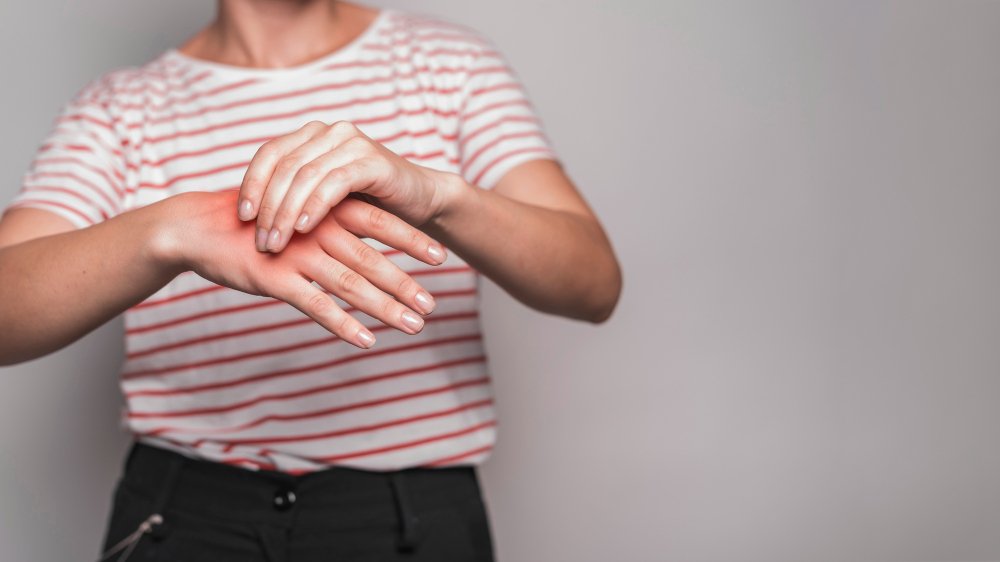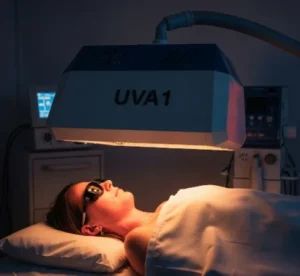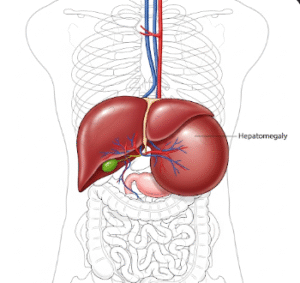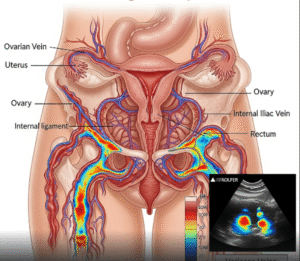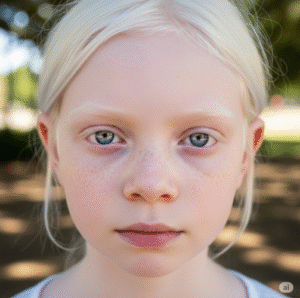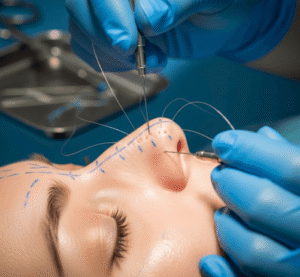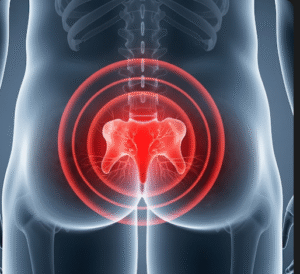Overview
A ganglion cyst is a noncancerous, fluid-filled lump that usually develops along the tendons or joints of the wrists, hands, ankles, or feet. These cysts are generally harmless but can cause pain, discomfort, or limited joint movement if they press on nearby nerves.
What is Ganglion Cyst?
A ganglion cyst forms when fluid from a joint or tendon sheath leaks and accumulates in a sac. It often appears as a smooth, round bump under the skin and can change in size over time. Ganglion cysts are filled with a thick, jelly-like fluid and are most common in people aged 20–40, especially women.
Symptoms
- Visible lump under the skin (soft or firm)
- Pain or tingling if pressing on a nerve
- Reduced joint movement in some cases
- Size changes depending on activity level
- Sometimes no symptoms except the visible bump
Causes
- Leakage of joint or tendon sheath fluid
- Repetitive joint stress or overuse
- Joint or tendon injury
- Underlying joint conditions like arthritis
Risk Factors
- Female gender
- Age 20–40
- Frequent repetitive wrist or hand movements
- Previous joint or tendon injuries
Complications
- Nerve compression causing pain, numbness, or weakness
- Limited joint movement
- Recurrence after removal
Prevention
- Avoid repetitive strain on joints
- Use proper ergonomics during physical activities
- Manage underlying joint conditions early
Treatment Options in Korea
In Korea, ganglion cysts are treated in orthopedic and hand surgery clinics with advanced diagnostic tools such as ultrasound and MRI. Common treatments include:
- Observation – If painless and not causing functional issues, doctors may monitor it without intervention.
- Aspiration – Using a needle to drain fluid; sometimes followed by steroid injection to reduce recurrence.
- Immobilization – Wearing a splint to reduce cyst size and relieve symptoms.
- Surgical Removal – Performed minimally invasively to remove the cyst and prevent recurrence.
- Rehabilitation – Post-treatment physical therapy to restore movement and prevent strain.
Korean hospitals emphasize minimally invasive techniques and quick recovery, often allowing patients to resume normal activities within days.

